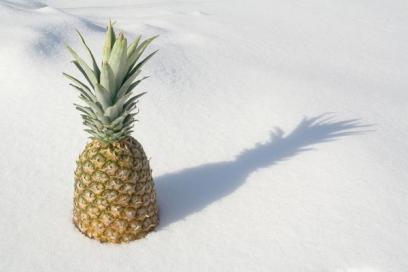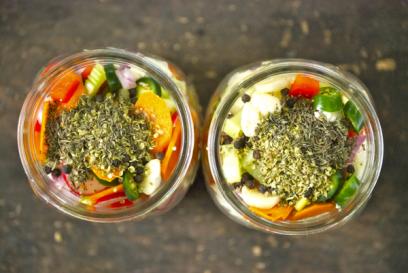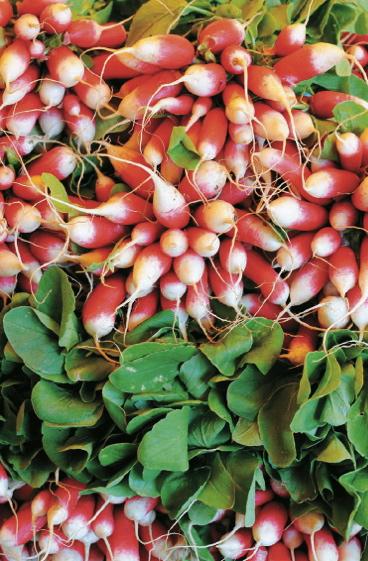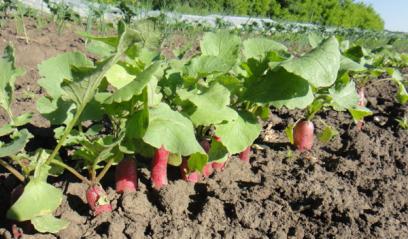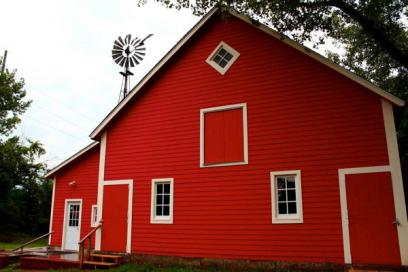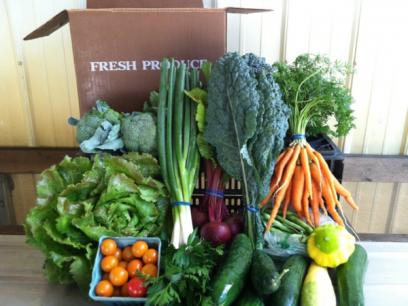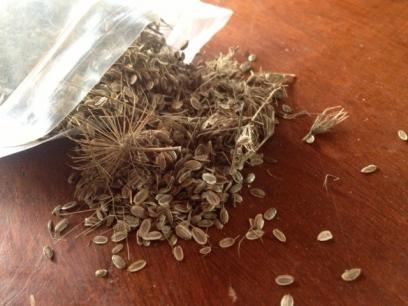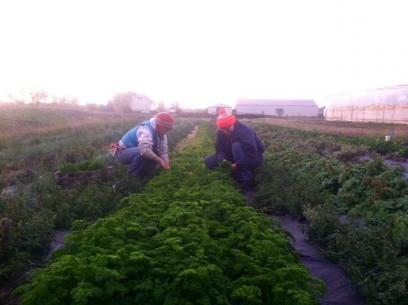Ten years ago, my husband and I escaped the January cold and spent a week in Costa Rica. We stayed at a beautiful but rustic lodge on the edge of the jungle, where the kitchen staff spoiled us with scrumptious meals made from the many local foods. Every meal was served with large chunks of fresh, juicy pineapple, and I couldn’t get enough of it. Perhaps it was the surrounding rainforest, or the sounds of birds, animals, and ocean waves on the beach that accentuated my pineapple-eating experience, but whatever the reason, I fell in love with fresh Costa Rican pineapples.
But all vacations must come to an end, and we were soon home in snowy Minnesota. Still in that post-vacation glow when I headed to town to stock up on staples, I was delighted to see that our local grocery store had pineapples on special. I bought four and looked forward to once again having fresh pineapple with every meal.

